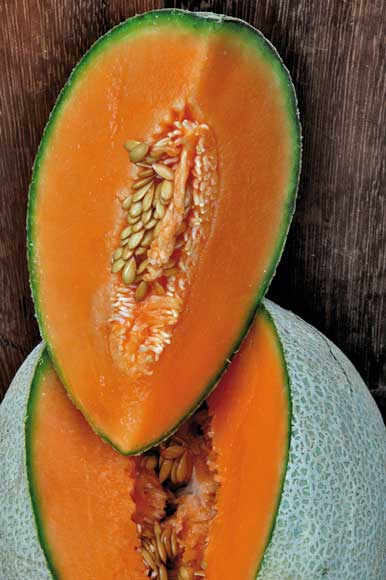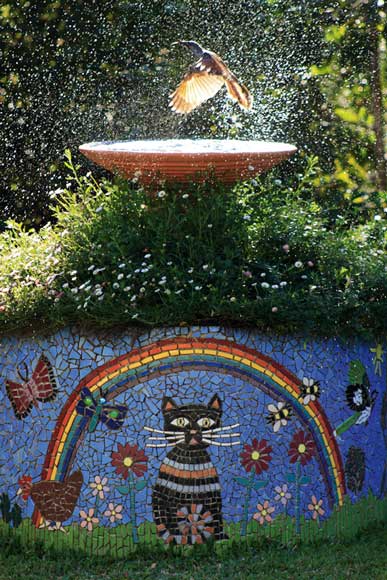How to Photograph Gardens – Composition
When confronted with a busy garden brimming with plants of different colours and varieties, it can be difficult to find a good composition within it. Walk around the garden first and study it from different angles to see if any smaller details pop out. You may find it easier to look through your viewfinder and zoom in and out to help find an interesting composition. When you find an interesting view ask yourself what you like about it, then set up carefully and compose your picture to emphasise what it is that attracted you, excluding other distracting details from the frame.
Look out for interesting patterns, either in the arrangement and layout of planting schemes, or within individual plants and flowers themselves. A telephoto lens is good for flattening perspective and emphasising patterns within a landscape, while a close-focusing capability will be needed to crop in tightly on the patterns on a leaf or petal. 
Third place, The Edible Garden:
Carlo Silva
Carlo created a clever still-life of a melon. ‘It was inspired by Jeanne Hébuterne in a painting of Amedeo Modigliani,’ he says.
Nikon D200, Nikkor 18-200mm VR
Colour is important in garden photography. Try to find compositions of colours that complement one another, or even images comprised almost entirely of a single colour, perhaps with a small area of contrasting colour as a focal point.
With garden views it’s best to compose so that you have a distinct foreground as well as an interesting background to provide a sense of depth, rather than everything being in the middle distance. A wideangle lens can help to emphasise a foreground element.
Don’t shoot everything from eye level. Lowering the camera to waist level or raising it above your head for a high viewpoint (if you can find something to stand on) will often provide a better composition. Look out for opportunities to create more dynamic perspectives, such as by getting down to ground level and looking up with a wideangle lens for a bug’s eye view.

Highly commended, Wildlife in the Garden:
Raoul Slater
Shooting directly into the sun can produce great results. Raoul took this in his garden. ‘The mosaic took three years to complete and shows our cat Oscar, now sadly departed,’ he says.
Canon EOS 30D, 75-300mm
To some extent it’s easier to get good compositions in gardens that are well designed. If this description does not apply to your own garden, head out to a local park or one of the many public gardens run by the RHS, English Heritage or the National Trust. Check on the rules about photography before making the trip, though – the National Trust in particular is known for its hostility towards photographers, especially those with tripods.
Failing that, try taking your subject indoors for a still-life. You’ll need a close-focusing lens, a table, a background of some description, a light source (could be a window, angle-poise lamp, flashgun or even a torch) and some bits of paper, tin foil or mirror as light modifiers, and take your time to produce a perfectly composed and lit image, whatever the weather.




